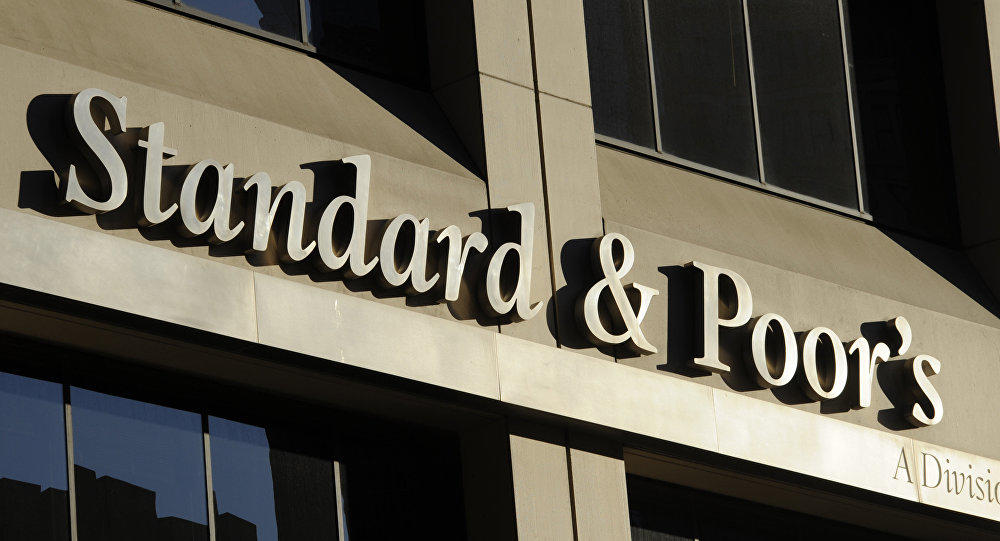S&P 500 Stalls At Record Highs: Balancing Rate-Cut Expectations, Macro Risks

Linh Tran
The S&P 500 ended last week’s trading session in the red, marking a modest pullback after a strong rally that pushed the index to new record highs. This move does not necessarily signal a trend reversal, but rather a necessary pause for the market to digest recent supportive factors and reassess emerging risks.
Investor sentiment has turned increasingly cautious as the market enters a week packed with key economic data and heightened geopolitical uncertainty. The fact that the S&P 500 has failed to sustain its upward momentum reflects a divergence in expectations—on one hand, supported by the outlook for monetary easing, and on the other, pressured by rising macro and policy-related risks.
One of the key pillars supporting the U.S. stock market in general—and the S&P 500 in particular—is the expectation that the Federal Reserve will begin cutting interest rates in the coming months. Recent inflation data has shown a sustained downward trend—especially in core CPI, PPI, and inflation expectations—which increases the likelihood that the Fed can achieve a “soft landing.”
In this context, long-term bond yields have started to ease, borrowing costs are gradually declining, and companies listed on the S&P 500 are expected to improve profit margins in the second half of the year. This provides a solid foundation for capital to continue flowing into risk assets such as equities—especially in sectors that are rate-sensitive, including technology, consumer discretionary, and real estate.
However, it’s important to note that investors are already pricing in rate cut expectations. As such, any data that disrupts the Fed’s dovish narrative could trigger a swift market correction. This is partly why the S&P 500 has paused—awaiting further confirmation from real economic indicators.
One of the countervailing forces to the rate cut outlook is concern over trade policy, as President Trump has announced plans to impose a 30% import tariff on goods from the EU and Mexico. This move raises fears of a renewed trade war and threatens U.S. supply chains and input costs—particularly for multinational manufacturers and retailers included in the S&P 500.
If implemented, these tariffs would make imported goods more expensive, creating a dual effect: on one hand, pushing short-term inflation higher, and on the other, eroding consumer purchasing power—which is a key driver of U.S. GDP growth. This could put pressure on corporate earnings. In addition, the response from the EU and Mexico will be closely watched. Any signs of retaliation or stalled trade negotiations could weigh heavily on sentiment and dampen overall risk appetite.
This week, the market will closely monitor a series of high-impact economic releases: CPI, PPI, retail sales, unemployment claims, regional manufacturing indexes, and most notably, the University of Michigan Consumer Sentiment Index. These figures will be crucial in shaping interest rate expectations and, consequently, asset valuations.
If the data confirms a continued disinflation trend and stable consumer demand, the likelihood of a rate-cut cycle beginning in Q3 will be reinforced—supporting the bullish case for the S&P 500. Conversely, if the data points to stronger-than-expected inflationary pressures or a tight labor market, the Fed may be forced to delay rate cuts—potentially triggering a valuation shock for equity markets.
Tran is Market Analyst at XS.com




